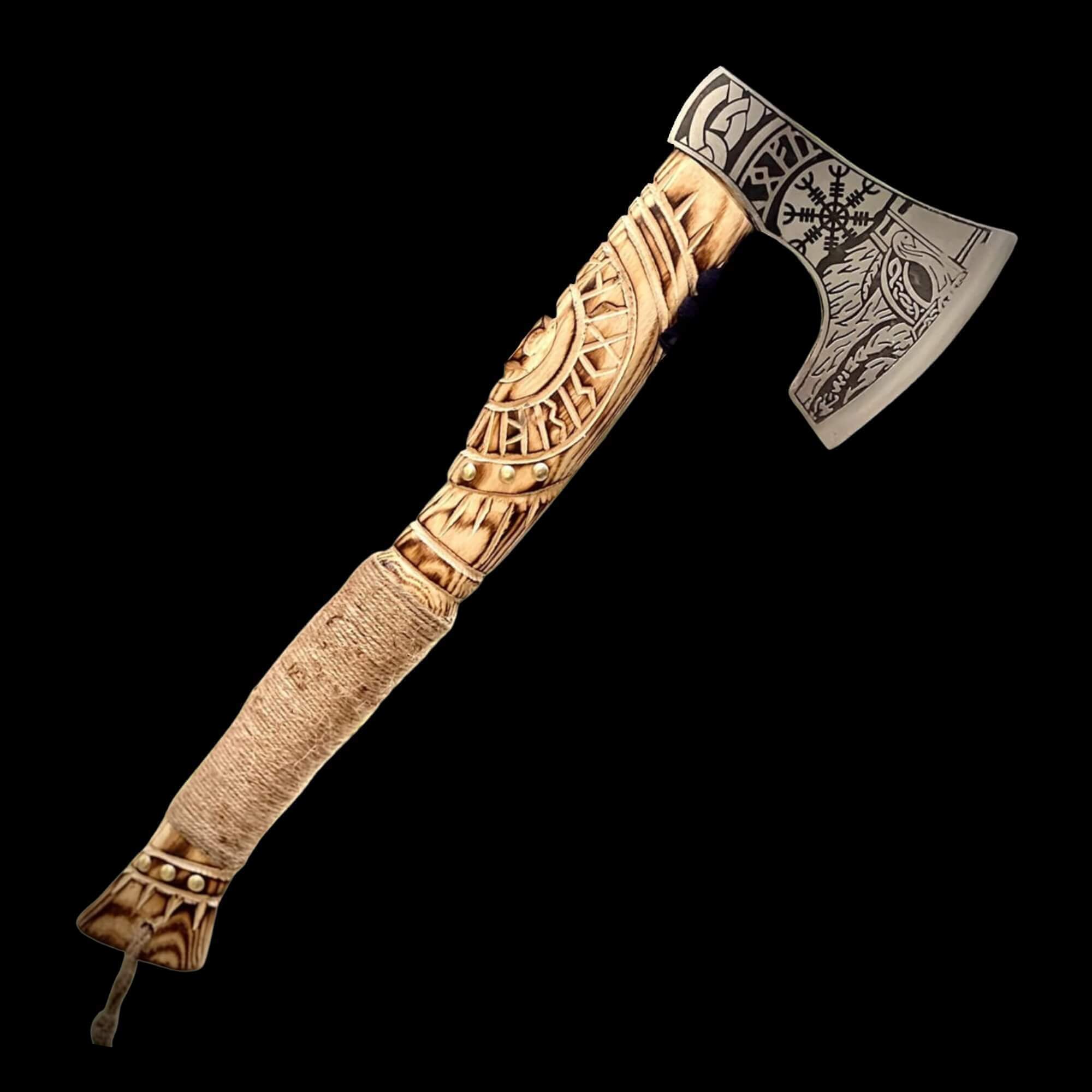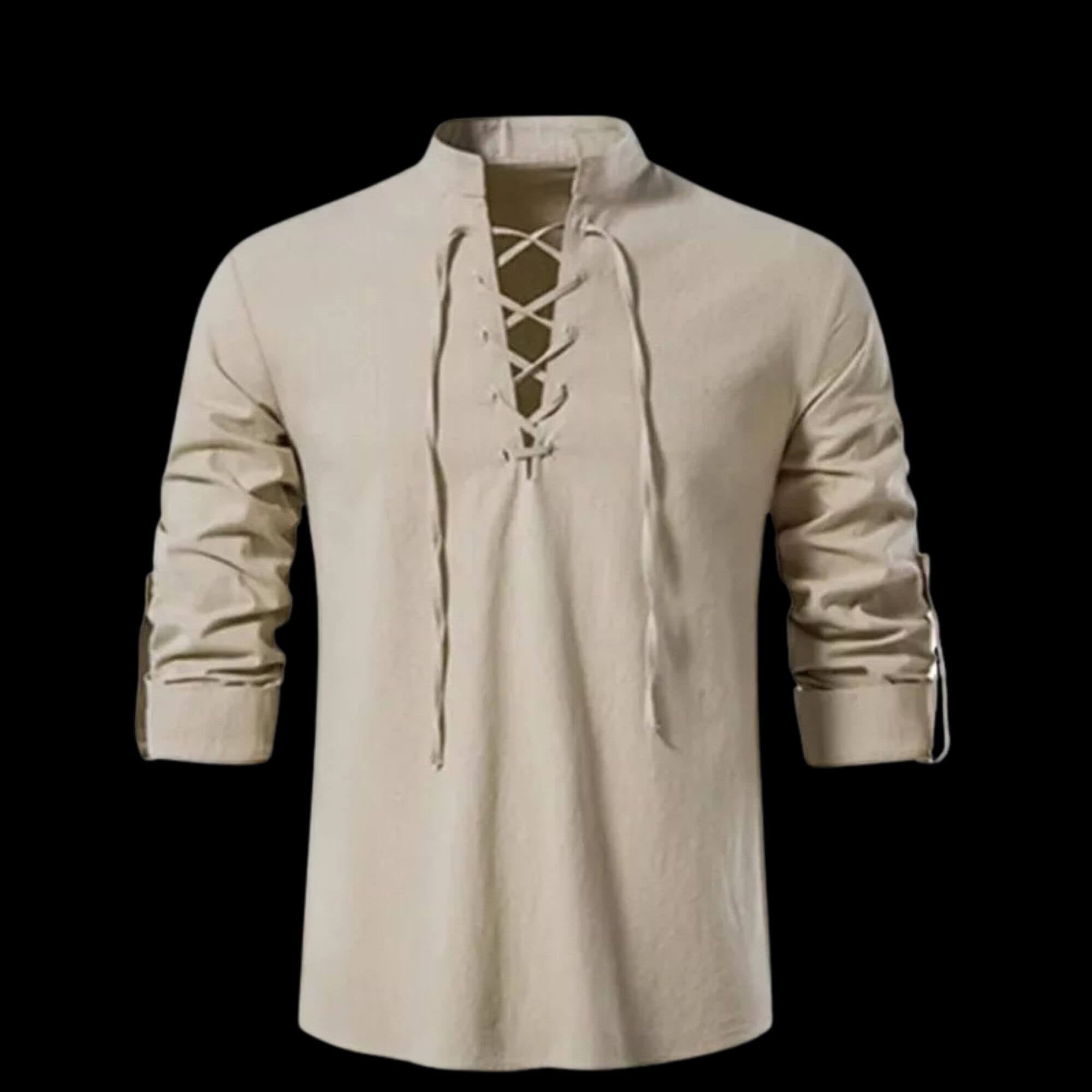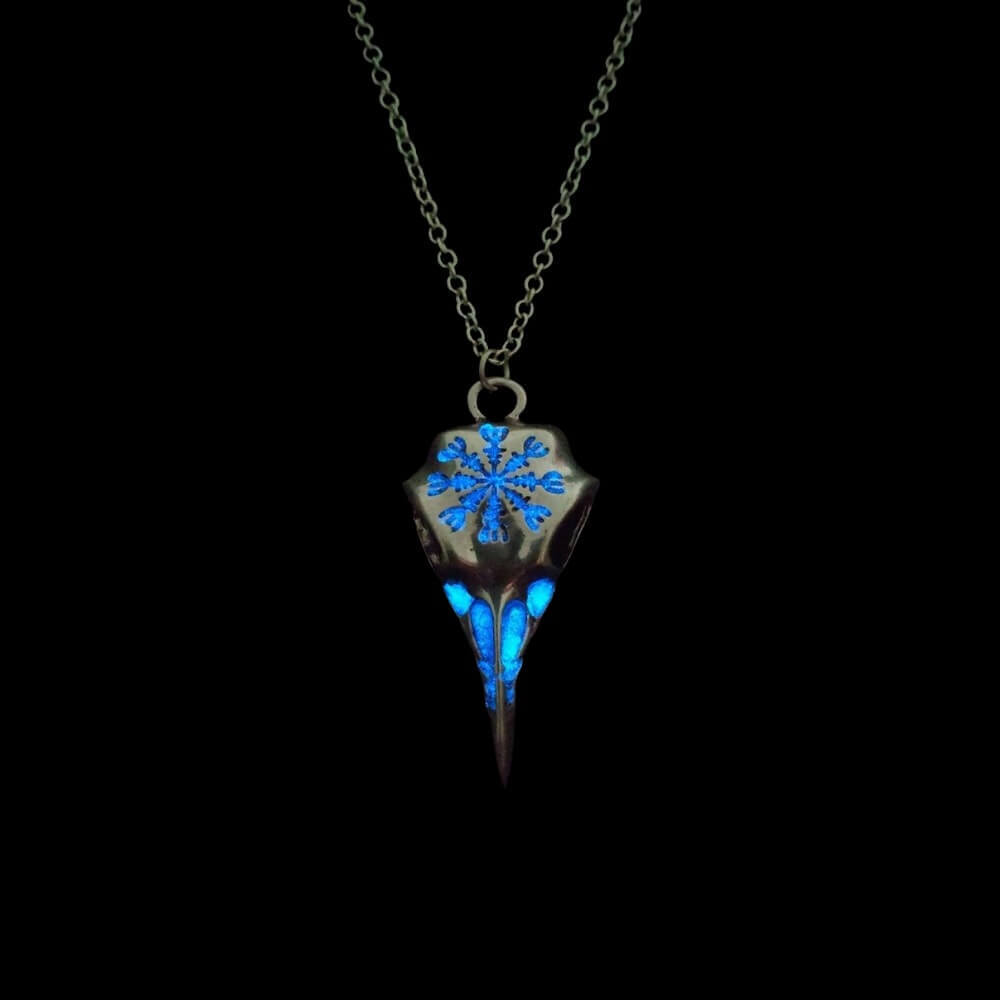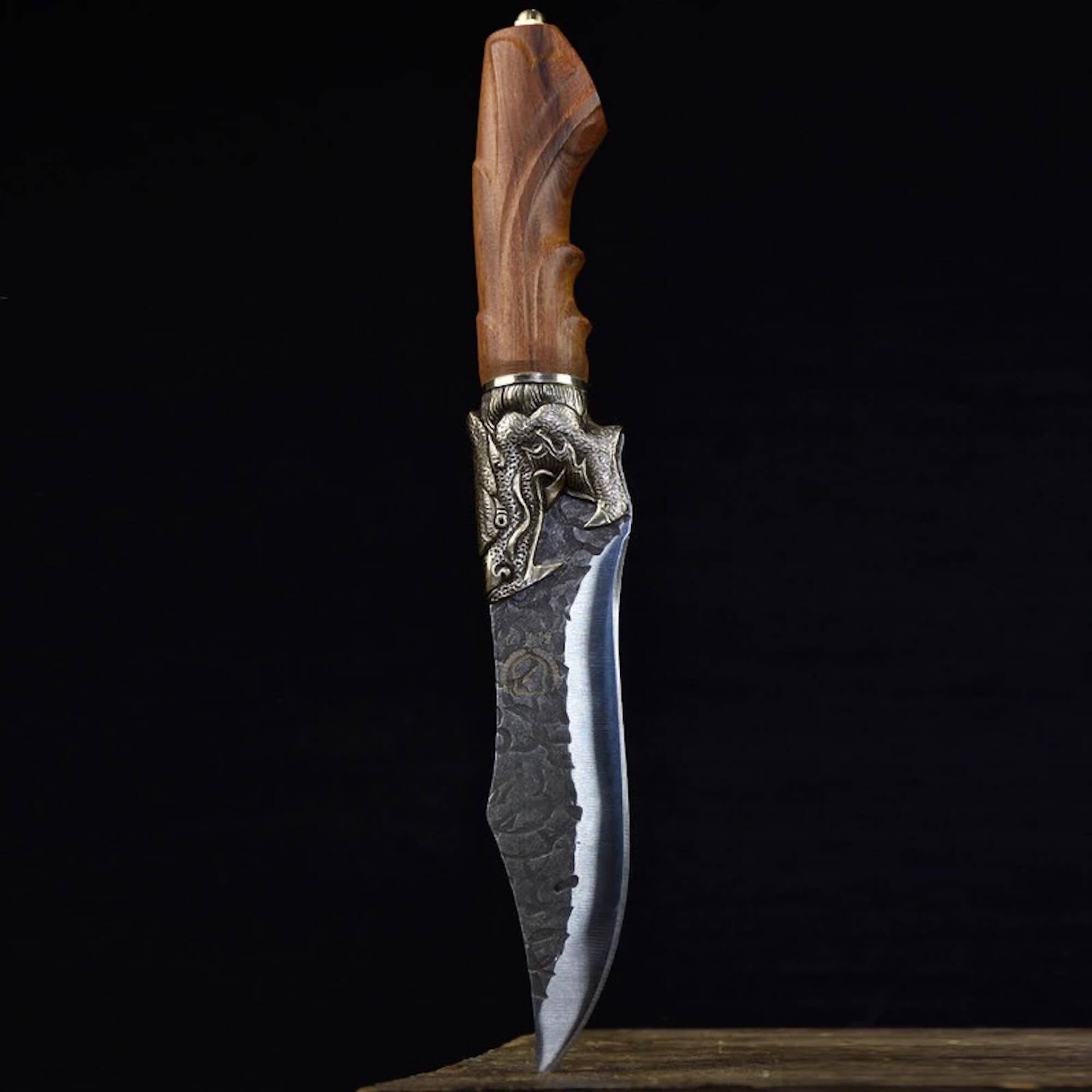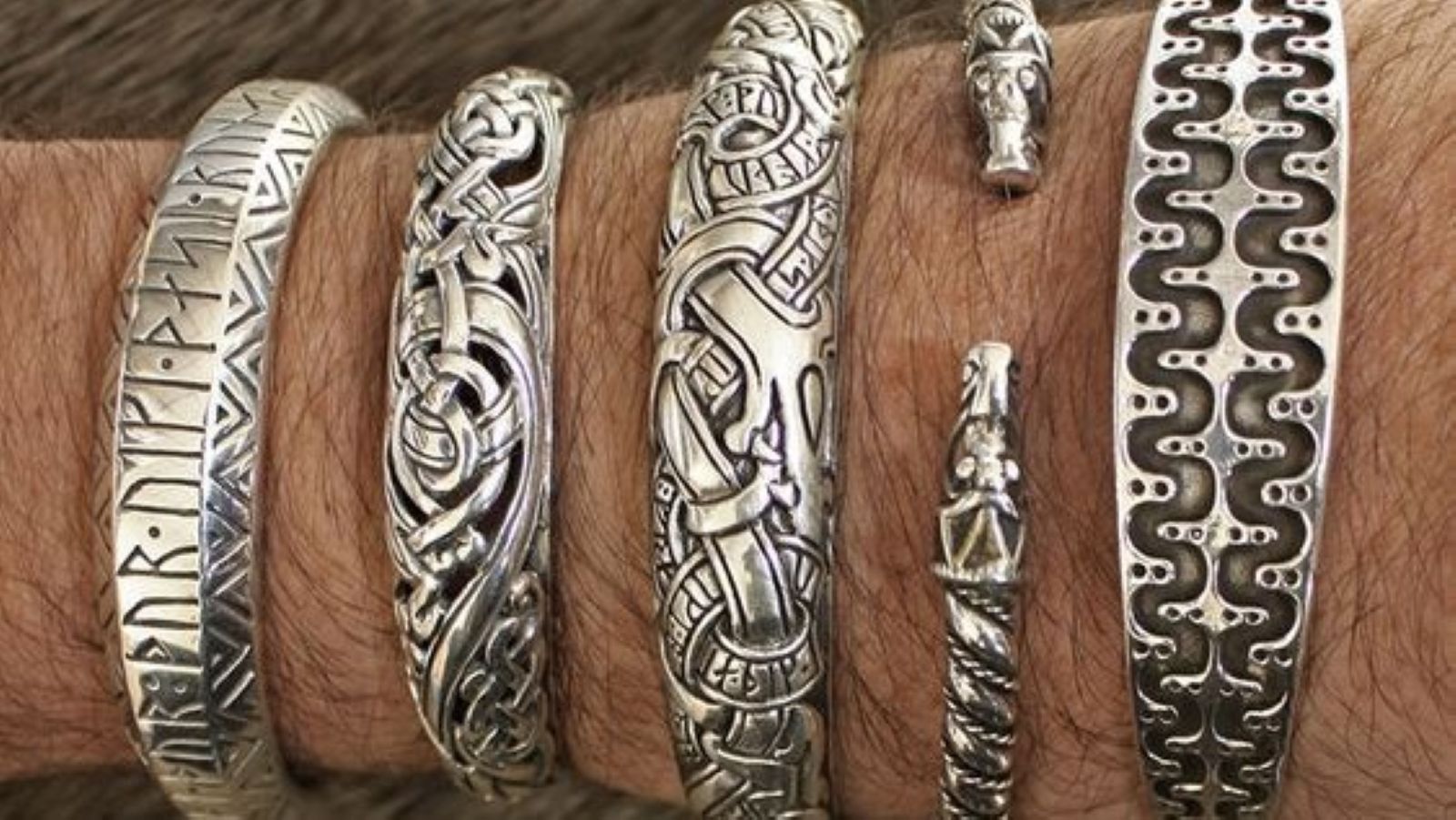
Draupnir and the Sacred Oath: The Legacy of the Viking Arm Ring
Among the many treasures found in Norse legends, one stands out for its magical abundance and symbolic weight: Draupnir, the golden ring gifted to Odin. Forged by the same masterful dwarven smiths who crafted Mjölnir and Gullinbursti, this ring held a unique power—it would replicate itself, producing eight identical rings every ninth night. But Draupnir wasn’t just a marvel of magic. It may have laid the mythological foundation for one of the most meaningful symbols in Viking society: the arm ring.
A Culture Built on Honor
For the Norse people, honor wasn’t just a virtue—it was the pillar of their legal systems, their social bonds, and their beliefs about the afterlife. Dying honorably in battle was the gateway to Valhalla, and upholding one’s word was seen as sacred. Breaking an oath wasn’t merely shameful; it was a betrayal that echoed through one's name, family, and fate.
Oaths to the Gods
In Viking-age Scandinavia, swearing an oath was not taken lightly—and often, the oath was made before the gods themselves. The medieval Icelandic text Landnámabók offers fascinating insight into this practice. It mentions oaths sworn on rings to powerful gods like Njörðr, Freyr, and one referred to simply as the “Almighty God”—likely Odin. These were not casual promises but solemn declarations bound to divine witness.
Weapons as Witness
Other sources recount oaths made upon weapons—a fitting act in a warrior society. Swearing on one’s sword was more than symbolic. It reflected the idea that a broken oath could result in a dishonorable death, barring one’s entry to Valhalla. A sword, after all, was a tool of fate. To make it a vessel of your word was to bind yourself to the consequences.
The Power of the Arm Ring
This brings us to the Viking arm ring. While jewelry often signaled wealth and status—displayed on warriors, their wives, and households—the arm ring held deeper significance. It was both personal and public. Worn around the bicep or wrist, the arm ring could mark a warrior’s loyalty to a chieftain, commemorate a rite of passage, or seal an oath sworn before gods and men.
In many cases, arm rings were gifted in ceremonies, representing a bond of trust, loyalty, or fealty. They weren’t just decoration—they were tangible symbols of integrity.
What It Means Today
Though our societies have changed, the core values the arm ring embodied remain. Today, it might not serve as the object of a legal oath or loyalty to a warlord, but it can still represent a personal code. Whether worn as a tribute to Norse heritage, as a symbol of commitment to loved ones, or as a reminder to stay true to one’s path, the arm ring continues to carry meaning.
It is a legacy of resilience, loyalty, and the enduring power of keeping one’s word—values that transcend time.

